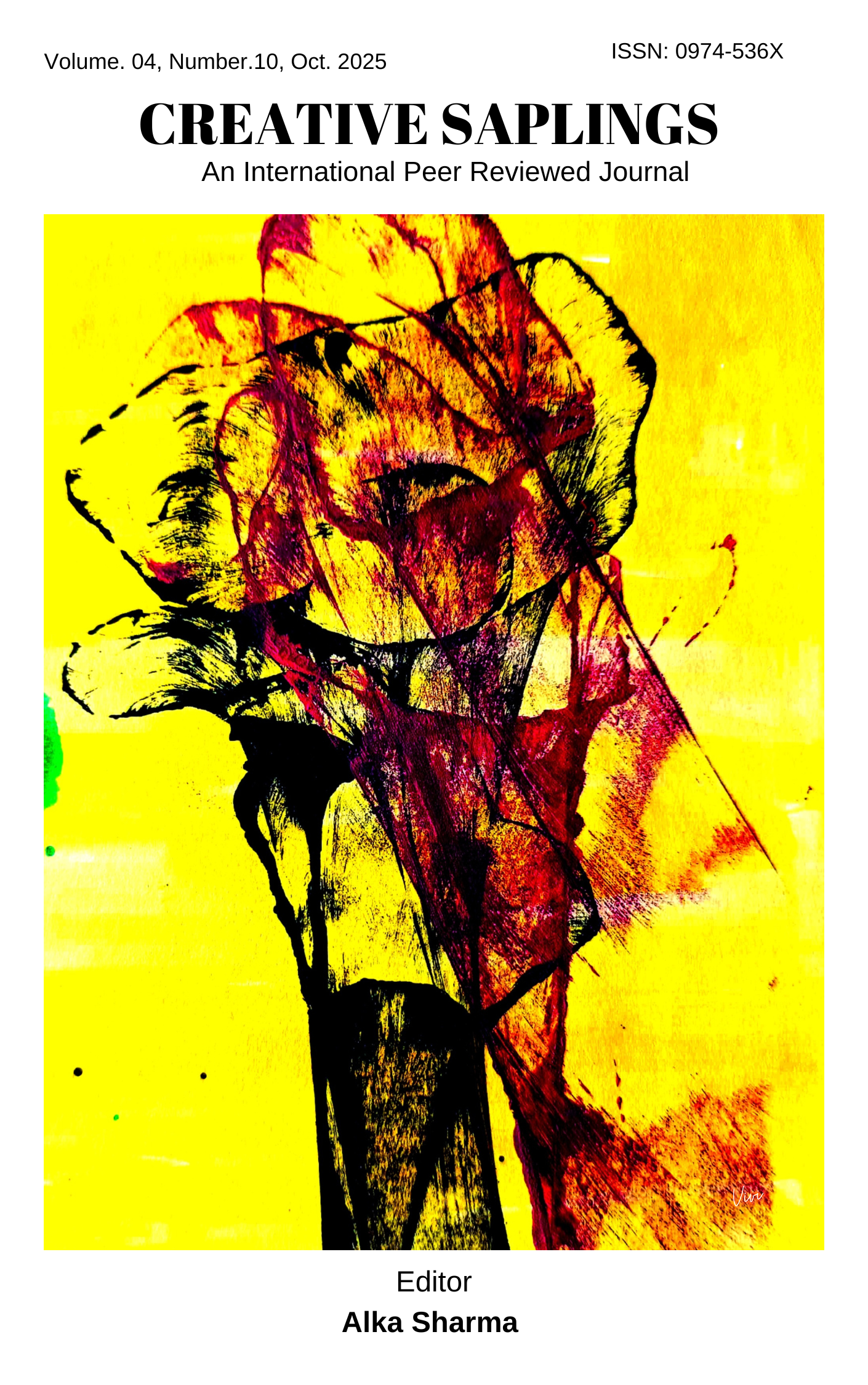Rewriting Gender Roles: Feminist Reinterpretation of Mythological Narratives
DOI:
https://doi.org/10.56062/gtrs.2025.4.10.1055Keywords:
Revisionist mythology, Culture, Gender inequality, Gynocentric, mythologyAbstract
Mythological stories form the basis of many cultures as they are passed down through generations, serving as a means of conveying values, beliefs and traditions. Mythological tales generally idiolize and glorify male prowess. Gender inequality in mythology is a complex issue which is deeply ingrained in the socio-cultural fabric of the Indian society. This representation often mirrors the gender disparity in our lives as well. These narratives frequently portray women in subordinate roles which directly reflects the patriarchal norms prevalent in the society. Revisionist mythology takes these ancient tales and caters them to the modern readers by reinterpreting them. One of the prevalent themes of the revisionist mythology is the point of view of a female character which helps the reader in understanding the situation of females in the ancient times. Chitra Banerjee Divakaruni and Kavita Kane, through their revisionist mythological novels, provide a new outlook on traditional narratives that challenges the existing gender bias and creates a platform for female empowerment in mythological retellings. The paper discusses and argues that the modern retellings have created an alternative feminine discourse by breaking the ideological male canon and also aims to explore the gynocentric myth created by these women writers.
Downloads
References
Borde, Constance, and Sheila Malovany-Chevallier, translators. The Second Sex. By Simon De Beauvoir, e-book ed., Vintage Book, 2009.
Bose, Mandakranta. The Ramayana Revisited. E-book ed., Oxford University Press. 2004. Butler, Judith. Gender Trouble. E-book ed., Routledge, 1999.
Divakaruni, Chitra Banerjee. The Palace of Illusions. Picador. 2009.
—. The Forest of Enchantments. Harper Collins Publishers, 2019.
Eliade, Mircea. Myth and Reality. Tr. by Willard R. Trask. Harper & Row Publishers New York and Evanston, 1963.
Gilbert, Sandra M., and Susan Gubar. The Madwoman in The Attic: The Woman Writer and the Nineteenth-Century Literary Imagination. 2nd ed., e-book ed., Yale University Press. 1979, 1984.
Griffith, Ralph T. H. Ramayan of Valmiki. E-book ed., E. J. Lazarus and Co., 1870-1874.
Johnson, Allan G. The Gender Knot: Unraveling our Patriarchal Legacy. E-book ed., Temple University Press, 2014.
Kane, Kavita. Sita’s Sister. E-book ed., Rupa Publications, 2014.
—. The Fisher Queen’s Dynasty. E-book ed., Westland Publications Ltd, 2017.
—. Lanka’s Princess. E-book ed., Rupa Publications, 2017.
—. Ahalya’s Awakening. Westland Publications, 2019.
Mileur, Jean-Pierre. Literary Revisionism and the Burden of Modernity. E-book ed., University of California Press London, 1985. DOI: https://doi.org/10.1525/9780520311435
Menon, Nivedita. Seeing Like a Feminist. Zubaan-Penguin Books, 2012.
Ostriker, Alicia. “The Thieves of Language: Women Poets and Revisionist Mythmaking.” Signs, vol. 8, no. 1, Autumn 1982, pp. 68-88. Chicago Journals, http://www.jstor.org/stable/3173482. DOI: https://doi.org/10.1086/493943
Tyson, Lois. Critical Theory Today: A User-Friendly Guide. e-book ed., Routledge London, 2006.
Vajpayee, Rashmi. “Urmila: The Forgotten Heroine of Ramayana.” Indian Culture, 30 September 2020, https://indianculturecivilization.blogspot.com/2020/09/urmila-forgotten-heroine-of-ramayana.html.
Downloads
Published
Issue
Section
License
Copyright (c) 2025 Ragini Raghav

This work is licensed under a Creative Commons Attribution-NonCommercial 4.0 International License.





